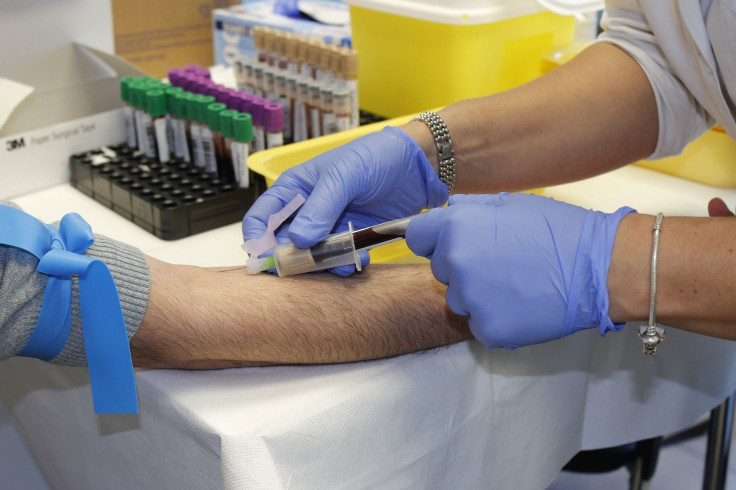Will Infusions Of Young Blood Make You Immortal? It May Treat Age-Related Diseases

Spooky old accounts of vampires may have been more accurate than we thought, because consuming the blood of the young might actually work wonders for your health.
Scientists have been tinkering with the idea for a while but it has gotten more attention than ever since a company called Ambrosia began a clinical trial in which people can pay to receive infusions of young blood, with a focus on the anti-aging benefits. In that trial, the 600 participants 35 years and older are receiving plasma from people between 16 and 25 years old. It started about a year ago and is running through next summer.
Read: Have Scientists Invented a Mind-Control Drug?
The proposed treatment has a root in modern science that traces back to 1864, when a scientist first described parabiosis, which is when two organisms are surgically connected such that blood circulates between the both of them. The procedure “allows circulatory systems from two animals to commingle and equilibrate” and has been used in studies with subjects as varied as hormonal communication throughout the body and the role of cell circulation in cancer growth and neurodegenerative diseases, according to an article in the Journal of Visualized Experiments. “One significant advantage of parabiosis lies in that the partnered animals share common circulating antigens … without triggering an immunological reaction.”
But the idea of young blood giving a boost to an older person came later. Several decades ago, according to the Economist, a gerontologist using parabiosis showed that an older rat joined to a younger one saw its bone density improve. There has also been research suggesting that rat lifespans improve when the elderly rats are linked up to a younger rodent.
After a sort of dormant period, the concept has gained traction in recent years. In 2005 a group of scientists found that making surgical pairs of young and old mice made the old mice’s muscles heal from injury more efficiently, the Economist reported, and other researchers have found benefits for other body parts, including the liver, spinal cord and heart.
It’s possible that these effects come from the old blood circulating through younger, fresher organs or from younger blood carrying certain chemical signals or cells that make the body work better. But what’s exactly happening is still unclear.
Ambrosia’s clinical trial is not the only one that is looking to find out. A company called Alkahest, for example, has a clinical trial that uses plasma from young donors on people 50 years and older with the neurodegenerative Alzheimer’s disease, with an eye on whether their memory and cognition will improve. This follows a study in which blood from young humans was used on older mice, and the mice’s memory improved.
Read: Venom Is One of Nature’s Many Poisons We Use as Medicine
Although these studies and clinical trials are not claiming that young blood is making people immortal, finding health applications for certain compounds or elements of blood present in young people could be helpful in treating age-related diseases.
“We’re not de-ageing animals,” stem cell researcher Amy Wagers told Nature, about her research into young mouse blood helping to repair damage in older tissues like muscles. “We’re restoring function to tissues.”
© Copyright IBTimes 2024. All rights reserved.





















